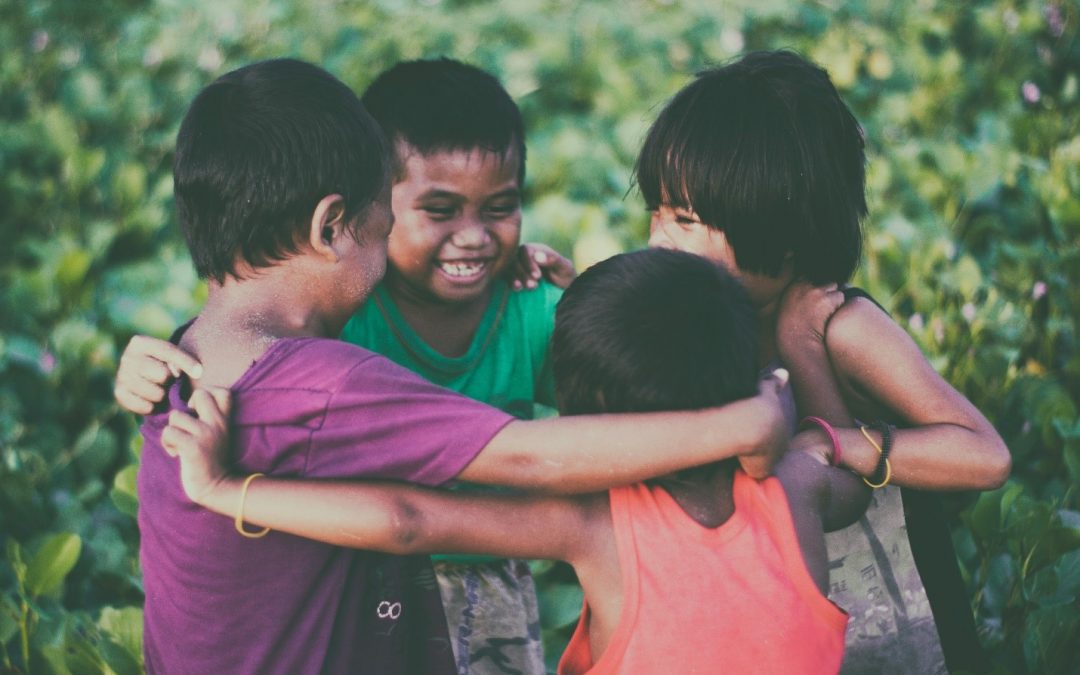The United Nations Convention on the Rights of the Child (UNCRC / Convention) is an international agreement on the child focusing on setting out the civil, political, economic, social, health and cultural rights of children across the globe.
The Convention defines a child as any human being under the age of eighteen, unless the age of majority is attained earlier under any country’s legislations. In 1989, the UNCRC become the most widely ratified human rights treaty in world. It has helped transform children’s lives around the world.
The four important principles of the Convention are:
- Non-discrimination.
- Devotion to the best interests of the child.
- Right to life and
- Survival and Development of the Child
The Convention recognizes the fundamental human dignity of all children and the urgency of ensuring their well-being and development. The Convention sets out the rights for children to develop to their full potential. The Convention mandates that every child is free to grow, learn, develop, play, and succeed with integrity and dignity.
The UNCRC acknowledges that every child is entitled to the Right to Protection from abuse, violence or neglect and Right to be Raised by or have a relationship with their parents.
The United Nations International Children’s Emergency Fund (UNICEF) plays an important role in the working of the UNCRC in the following ways:
- Directing governments to not enlist children below the age of 18 into the armed forces,
- Directing governments to prohibit child pornography, child prostitution, and the sale of children into slavery
- Has protocols that enables children who faced violation of their rights to complain directly to the UNCRC.
The UNCRC consists of 54 articles that set out children’s rights and how governments should work together to make them available to all children. Under the terms of the Convention, governments are required to meet children’s basic needs and help them to reach welfare development of the children. It has helped several governments in changing and adapting their policies, laws and make investments so that more children get the best healthcare, proper nourishment and nutrition for their development.
UNCRC and India
On 11 December 1992, India ratified the Convention on the Rights of the Child committing to a range of measures that have helped children realize their rights. Although the Indian law prohibits employment of children below 18 years of age, the practice of child labour is prevalent on a large scale in India.
In 1993, the Indian Government passed laws to prohibit dangerous work that could harm the child’s mental, spiritual, moral, and social development under 18 years.
The United Nations and the local governments have been working closely to help facilitate a better world for children ever since the founding of UNICEF.
Thus, the working of the UNCRC tells us a story about children, childhood, human rights and child development. The four guiding principles of UNCRC are the pillars of child rights. The setting up of these conventions and committees have changed the way children are treated and viewed.
We at The Child Foundation will offer our services to the UNCRC when they call for volunteers to aid and assist them in fulfilling their goals.
